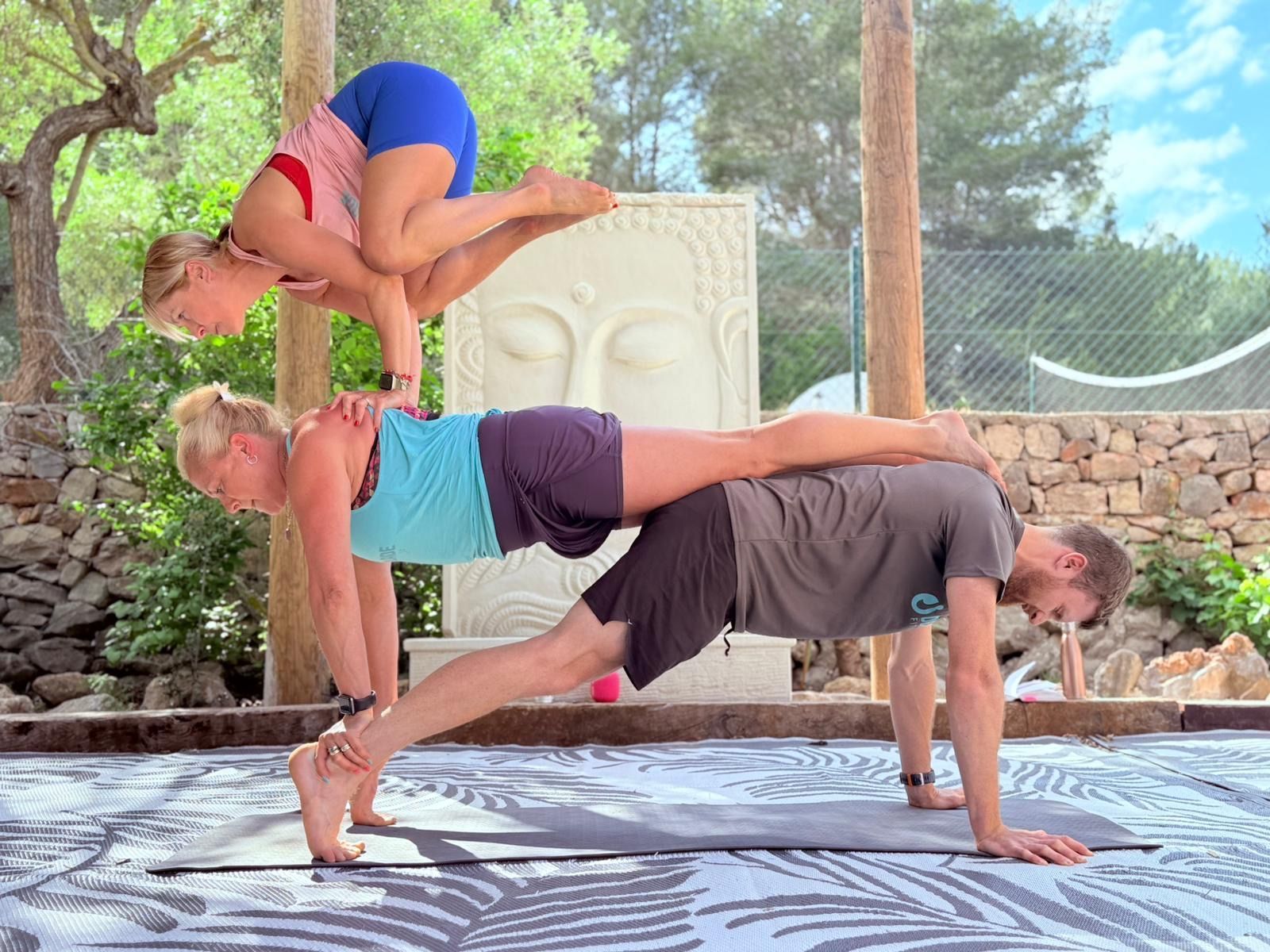The Power of Pilates
The principles of the Pilates approach to exercise are part of what makes it unique in the fitness world. Pilates is Pilates because of the six principles.
The Pilates principles may sound a bit abstract, but their integration into Pilates movements provides the balance, grace, and ease associated with practicing Pilates.
Origins of the Pilates Principles
It is important to note that Joseph Pilates, the founder of Pilates, did not directly set out the Pilates principles. They are concepts distilled from his work by later instructors.
In the 1920s Joseph Pilates developed his work from a strong personal experience in fitness. Unhealthy as a child, he studied many kinds of self-improvement systems. He drew from Eastern practices and Zen Buddhism. He was inspired by the ancient Greek ideal of man perfected in the development of body, mind, and spirit. On his way to developing the Pilates Method, Joseph Pilates studied anatomy and developed himself as a bodybuilder, wrestler, gymnast, boxer, skier, and diver.
By definition, Pilates is a system of repetitive exercises performed on a yoga mat or other equipment to promote strength, stability, and flexibility. Pilates exercises develop the body through muscular effort that stems from the core. The technique cultivates awareness of the body to support everyday movements that are efficient and graceful. As such, Pilates has been popular among dancers but it appeals to a wider audience.
Pilates advocates all the core-strengthening benefits of the method to improve posture and balance. Pilates targets the "powerhouse" muscles, which include the glutes, hips, pelvic floor, and lower back. Similar to yoga, the Pilates Method encourages deep, conscious breathing. Pilates is widely used in rehabilitation settings but is also beneficial to fitness advocates and elite athletes alike
What Is Pilates?
Core strength is the foundation of how Pilates works. Strengthening the core develops stability throughout the entire torso. This is one of the ways Pilates helps many people alleviate back pain.
Trunk stability through core engagement is the most important aspect of Pilates training since it dictates how the body moves, not just in the studio or gym but in daily life. For Joseph Pilates, the goal was to create a method that would allow the body to move with grace, ease, and efficiency. Such a body has to be both strong and flexible, and it has certain qualities of movement, such as being centred and balanced; fluid yet controlled.
These qualities, or Pilates principles, are applied in every Pilates exercise. By practicing functional movement patterns, muscles are developed evenly, appearing long and lean.
Achieving strength without bulk draws many people to Pilates. According to the method, balanced muscular development is a result of training the body to move with harmony and efficiency. The Pilates Method posits that an imbalanced body can lead to muscular weaknesses, which may potentially cause compensations in the body that inhibit a joint from moving through its full range of motion.
The Pilates technique also prioritizes quality over quantity. Unlike other systems of exercise, Pilates exercises do not include a lot of repetitions for each move. The idea is that by performing each exercise with precision and focusing on the breath you can achieve significant results in a shorter amount of time.
Deep breathing is also fundamental to Pilates. This means exhaling fully with every inhale to empty the lungs of stale air and invite fresh oxygen to flow in. Improved breathing and circulation allow the body to function optimally from the inside out.
There are six principles of Pilates. They summarize the philosophy of the Pilates method and are essential to getting the most out of every exercise.
Centring: This is the practice of bringing your awareness to the centre of your body—the area between the lower ribs and pubic bone. This central region of the core powers all Pilates exercises.
Concentration: By focusing on each exercise with your full attention, you will yield maximum results from each movement.
Control: Complete muscular control requires conscious, deliberate movement and is emphasized in every Pilates exercise.
Precision: Sustained awareness ensures that each movement is precise. This means the appropriate placement of each body part, and focusing on proper alignment and core engagement.
Breath: Joseph Pilates advocated for using the lungs to strongly pump the air fully in and out of the body. Most Pilates exercises coordinate with the breath since the breath is integral to the method.
Flow: Pilates exercises are not meant to be rigid. Fluidity, grace, and ease are applied to every movement. The idea is that the energy of an exercise performed from the central "powerhouse" connects each part of the body to move in a single fluid motion. Pilates equipment such as the reformer is a great indicator of flow since it functions best when a practitioner is performing movements with both precision and fluidity
- Benefits of Pilates
- Whole-body fitness
- For all ages and abilities
- Strengthens muscles
- Increases flexibility
- Develops core strength
- Improves posture
- Increases energy
- Supports healthy weight
- Involves mind and body
- Options for all
Write about something you know. If you don’t know much about a specific topic, invite an expert to write about it. Having a variety of authors in your blog is a great way to keep visitors engaged.
You know your audience better than anyone else, so keep them in mind as you write your blog posts. Write about things they care about. If you have a company Facebook page that gets lots of comments, you can look here to find topics to write about.




